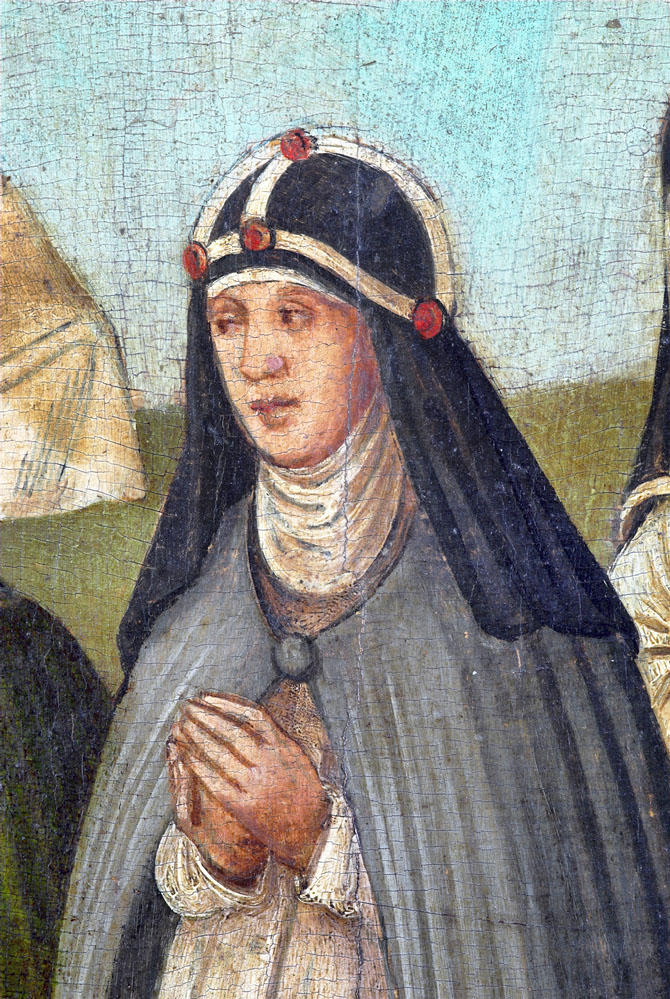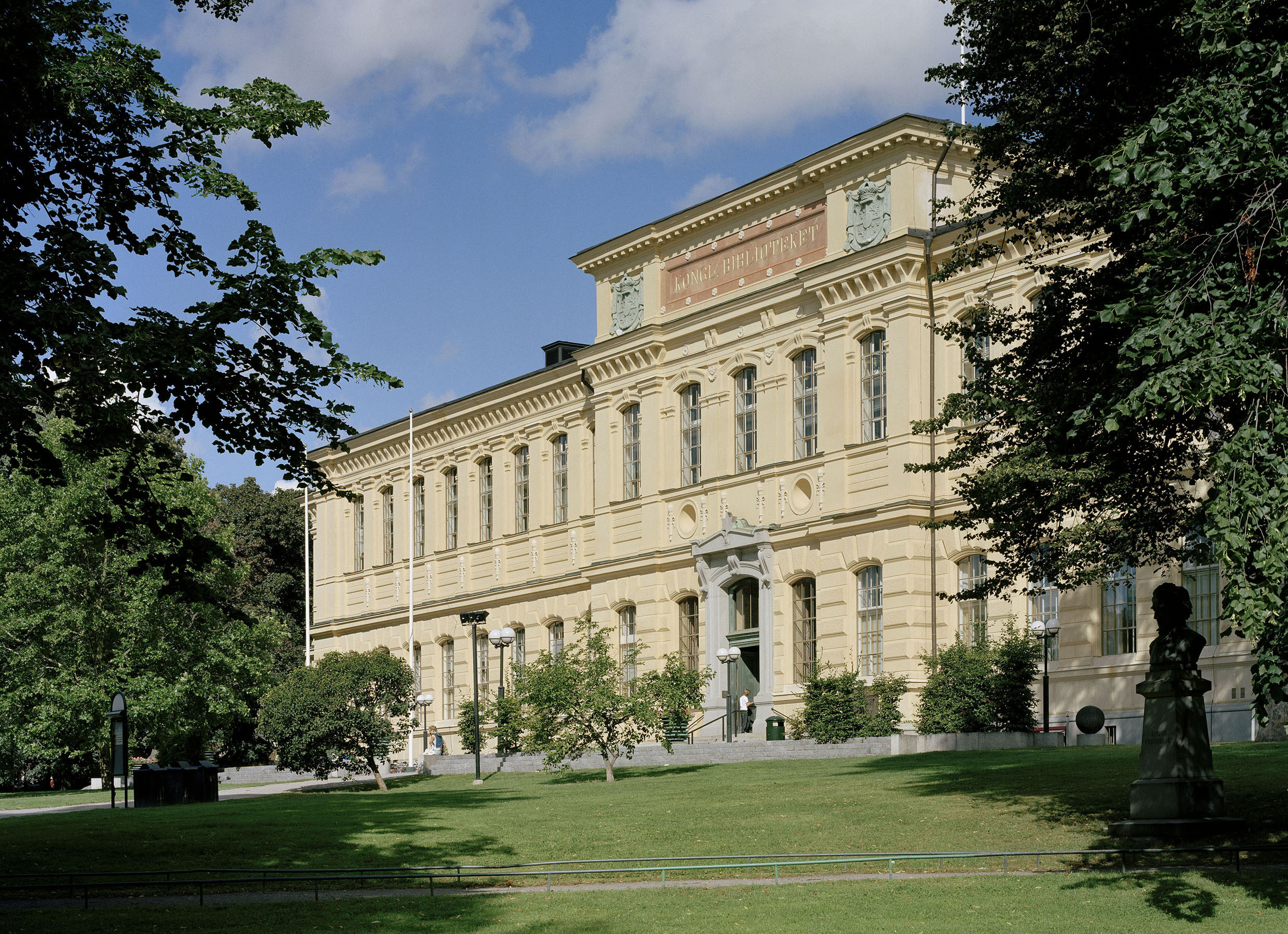|
Anna Swenonis
Anna Swenonis (died 31 July 1527) was a Swedish manuscript illuminator. Svenskt konstnärslexikon del V, p. 342, Allhems Förlag, Malmö. Libris 8390293 She was a nun of the Bridgettine order in the Vadstena Abbey from 1478, and served as a prioress for a time. She is known as the author of the manuscripts known as AM 422 and Ups C 475. She is pointed out as the artist of the illuminated manuscript known as a copy of the Prayer book of Ingegerd Ambjörnsdotter from 1501–1527, which is now kept as the National Library of Sweden. References {{DEFAULTSORT:Swenonis, Anna 1527 deaths 16th-century Swedish nuns 16th-century Swedish artists 16th-century women artists Manuscript illuminators 15th-century Swedish nuns ... [...More Info...] [...Related Items...] OR: [Wikipedia] [Google] [Baidu] |
Bridgettine Order
The Bridgettines, or Birgittines, formally known as the Order of the Most Holy Savior (; abbreviated OSsS), is a monastic religious order of the Catholic Church founded by Saint Birgitta or Bridget of Sweden in 1344, and approved by Pope Urban V in 1370. They follow the Rule of Saint Augustine. There are today several different branches of Bridgettines. History The first monastery of the order was founded in 1369 at the former royal castle of Vadstena. St. Bridget's granddaughter, Lady Ingegerd Knutsdotter, was Abbess of Vadstena from 1385 to 1403. Upon her death on 14 September 1412, direct descent from St. Bridget became extinct. This opened the medieval concept of "Bridget's spiritual children", members of the order founded by her, to be her true heirs. The order spread widely in Sweden and Norway, and played a remarkable part in promoting culture and literature in Scandinavia; to this is to be attributed the fact that the motherhouse at Vadstena, by Lake Vättern, was not ... [...More Info...] [...Related Items...] OR: [Wikipedia] [Google] [Baidu] |
Vadstena Abbey
The Abbey Pax Mariae ( la, Monasterium sanctarum Mariæ Virgìnis et Brigidæ in Vatzstena), more commonly referred to as Vadstena Abbey, situated on Lake Vättern in the Diocese of Linköping, Sweden, was the motherhouse of the Bridgettine Order. The abbey started on one of the farms donated to it by the king, but the town of Vadstena grew up around it. It was active from 1346 until 1595. History Foundation and duration The abbey was founded in 1346 by Saint Bridget with the assistance of King Magnus IV of Sweden and his Queen Blanche, who made a will donating ten farms, including that of Vadstena in Dal Hundred, Östergötland, to the abbey founded by Bridget. The daughter of Saint Bridget, Saint Catherine, on arriving there in 1374 with the relics of her mother, found only a few novices under a Religious Superior. They chose Catherine as their abbess. She died in 1381, and it was not until 1384 that the abbey was blessed by the Bishop of Linköping. The first recognized ... [...More Info...] [...Related Items...] OR: [Wikipedia] [Google] [Baidu] |
National Library Of Sweden
The National Library of Sweden ( sv, Kungliga biblioteket, ''KB'', meaning "the Royal Library") is Sweden's national library. It collects and preserves all domestic printed and audio-visual materials in Swedish, as well as content with Swedish association published abroad. Being a research library, it also has major collections of literature in other languages. Collections The collections of the National Library consist of more than 18 million objects, including books, posters, pictures, manuscripts, and newspapers. The audio-visual collection consists of more than 10 million hours of recorded material. The National Library is also a humanities research library, with collections of foreign literature in a wide range of subjects. The library holds a collection of 850 broadsides of Sweden dating from 1852. The National Library also purchases literature about Sweden written in foreign languages and works by Swedes published abroad, a category known as suecana. The National Libra ... [...More Info...] [...Related Items...] OR: [Wikipedia] [Google] [Baidu] |
1527 Deaths
Fifteen or 15 may refer to: *15 (number), the natural number following 14 and preceding 16 *one of the years 15 BC, AD 15, 1915, 2015 Music *Fifteen (band), a punk rock band Albums * ''15'' (Buckcherry album), 2005 * ''15'' (Ani Lorak album), 2007 * ''15'' (Phatfish album), 2008 * ''15'' (mixtape), a 2018 mixtape by Bhad Bhabie * ''Fifteen'' (Green River Ordinance album), 2016 * ''Fifteen'' (The Wailin' Jennys album), 2017 * ''Fifteen'', a 2012 album by Colin James Songs * "Fifteen" (song), a 2008 song by Taylor Swift *"Fifteen", a song by Harry Belafonte from the album '' Love Is a Gentle Thing'' *"15", a song by Rilo Kiley from the album ''Under the Blacklight'' *"15", a song by Marilyn Manson from the album ''The High End of Low'' *"The 15th", a 1979 song by Wire Other uses *Fifteen, Ohio, a community in the United States * ''15'' (film), a 2003 Singaporean film * ''Fifteen'' (TV series), international release name of ''Hillside'', a Canadian-American teen drama * ... [...More Info...] [...Related Items...] OR: [Wikipedia] [Google] [Baidu] |
16th-century Swedish Nuns
The 16th century begins with the Julian year 1501 ( MDI) and ends with either the Julian or the Gregorian year 1600 ( MDC) (depending on the reckoning used; the Gregorian calendar introduced a lapse of 10 days in October 1582). The 16th century is regarded by historians as the century which saw the rise of Western civilization and the Islamic gunpowder empires. The Renaissance in Italy and Europe saw the emergence of important artists, authors and scientists, and led to the foundation of important subjects which include accounting and political science. Copernicus proposed the heliocentric universe, which was met with strong resistance, and Tycho Brahe refuted the theory of celestial spheres through observational measurement of the 1572 appearance of a Milky Way supernova. These events directly challenged the long-held notion of an immutable universe supported by Ptolemy and Aristotle, and led to major revolutions in astronomy and science. Galileo Galilei became a champion of ... [...More Info...] [...Related Items...] OR: [Wikipedia] [Google] [Baidu] |
16th-century Swedish Artists
The 16th century begins with the Julian year 1501 ( MDI) and ends with either the Julian or the Gregorian year 1600 ( MDC) (depending on the reckoning used; the Gregorian calendar introduced a lapse of 10 days in October 1582). The 16th century is regarded by historians as the century which saw the rise of Western civilization and the Islamic gunpowder empires. The Renaissance in Italy and Europe saw the emergence of important artists, authors and scientists, and led to the foundation of important subjects which include accounting and political science. Copernicus proposed the heliocentric universe, which was met with strong resistance, and Tycho Brahe refuted the theory of celestial spheres through observational measurement of the 1572 appearance of a Milky Way supernova. These events directly challenged the long-held notion of an immutable universe supported by Ptolemy and Aristotle, and led to major revolutions in astronomy and science. Galileo Galilei became a champion o ... [...More Info...] [...Related Items...] OR: [Wikipedia] [Google] [Baidu] |
16th-century Women Artists
The 16th century begins with the Julian year 1501 ( MDI) and ends with either the Julian or the Gregorian year 1600 ( MDC) (depending on the reckoning used; the Gregorian calendar introduced a lapse of 10 days in October 1582). The 16th century is regarded by historians as the century which saw the rise of Western civilization and the Islamic gunpowder empires. The Renaissance in Italy and Europe saw the emergence of important artists, authors and scientists, and led to the foundation of important subjects which include accounting and political science. Copernicus proposed the heliocentric universe, which was met with strong resistance, and Tycho Brahe refuted the theory of celestial spheres through observational measurement of the 1572 appearance of a Milky Way supernova. These events directly challenged the long-held notion of an immutable universe supported by Ptolemy and Aristotle, and led to major revolutions in astronomy and science. Galileo Galilei became a champion of ... [...More Info...] [...Related Items...] OR: [Wikipedia] [Google] [Baidu] |
Manuscript Illuminators
A manuscript (abbreviated MS for singular and MSS for plural) was, traditionally, any document written by hand – or, once practical typewriters became available, typewritten – as opposed to mechanically printed or reproduced in some indirect or automated way. More recently, the term has come to be understood to further include ''any'' written, typed, or word-processed copy of an author's work, as distinguished from the rendition as a printed version of the same. Before the arrival of printing, all documents and books were manuscripts. Manuscripts are not defined by their contents, which may combine writing with mathematical calculations, maps, music notation, explanatory figures, or illustrations. Terminology The study of the writing in surviving manuscripts, the "hand", is termed palaeography (or paleography). The traditional abbreviations are MS for manuscript and MSS for manuscripts, while the forms MS., ms or ms. for singular, and MSS., mss or mss. for plu ... [...More Info...] [...Related Items...] OR: [Wikipedia] [Google] [Baidu] |





